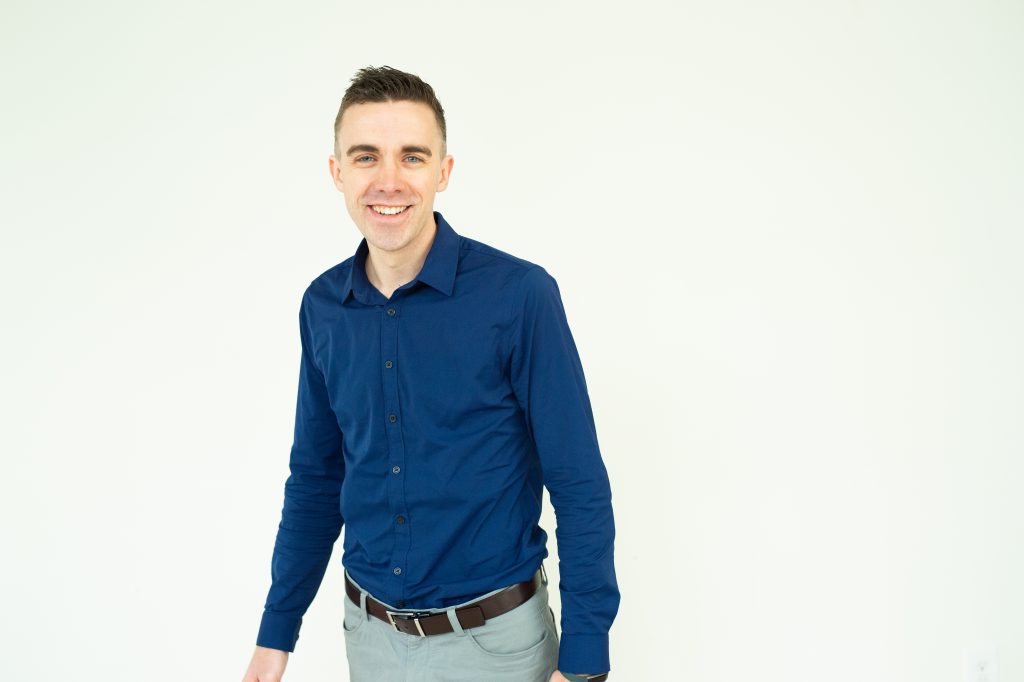My mom has been a kindergarten educator for over 30 years, and she is amazing at it. She really is. In the big big world of education, she has found her zone by focusing on the nuances of early childhood development, while loving learning and teaching kids to keep loving how to learn. She’s a specialist through a career of lifelong curiosity shaped by her passion.
I have always been a little jealous of experts like her, the specialists I sit next to in the office who seem to find joy in burrowing deeply into something and becoming an absolute whiz. The woman who seems to know everything about customized Revit workflows, or the person who can recall code nuances and egress exceptions with shocking ease. BIM specialists, construction gurus, material specifiers, coding hackers–I wish I could be more like you. I admire folks with that deeply mined and cultivated knowledge–but also can get a little frustrated with myself in comparison.
As a curious and well-meaning generalist in the world of design, I aspire to bring that level of dedicated focus and passion that makes me a uniquely specialized designer. But I must confess that I get overwhelmed when I see just how much more I have to learn as an architect. One of the reasons I was originally drawn to architecture was because it really seems like you have to know something about just about everything–a career that can keep expanding without ever getting boring. Architects draw on history, art, sociology, math, economics, marketing, physics, politics…the list grows even longer as I think about it. We are generalists, but that broad knowledge base has to get down to nuts and bolts much more quickly that I anticipated. As a young designer, I have often felt overwhelmed by the seemingly infinite fine-grained details I still need to learn to get better at my job, even just to take my first licensing exam or figure out how to confidently document a drawing and spec for window flashing. In that vast ocean of skills, concepts, practices, and information that architects need to know–how do I find my zone, my own unique focus?
Unlike me, maybe you have known where you wanted to focus the minute you applied to design school, and have the drive to laser in on a specific portion of the field–energy modelling, material science, interior design. Maybe you stumbled on a passion and followed it down the rabbit hole–construction detailing, marketing pitches and presentations, modelmaking. Or maybe you are a collage of experiences and curiosities–some Photoshop and aesthetic skills, perhaps a knack for communication or writing, a love of solving problems, a bit of this and that in terms of project experience. Not an empty slate, nor a Swiss army knife, nor a surgical scalpel. In our big wide world of architecture, how do we find our zone?
My mom-the-kindergarten-teacher has been honing her teaching craft for a long time. My first boss could sketch squiggly diagrams that seemed easy until I realized they were drawn at precise scales and informed by years of practical knowledge. My current coworkers are whizzes at things I still struggle with–and I am grateful and humbled by each of them. As we grow as design professionals, these experiences and passions hopefully start to crystallize, leading us to lifelong curiosity and learning about the expanding boundaries of design. I am still stumbling on, discovering that the loose threads of my experiences stitch together into something resembling the expertise of a specialist.
Finding your zone is a continuing process, sometimes halting, occasionally clear, and hopefully full of the good kind of surprises that keep us emerging professionals curious about where we can direct our unique voices and talents in our careers. Our offices and communities across Virginia–along with ourselves–will bloom when that can happen.
In solidarity and action,
Michael Spory, Associate AIA
spory@vmdo.com

